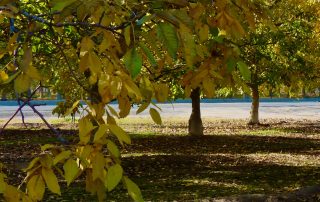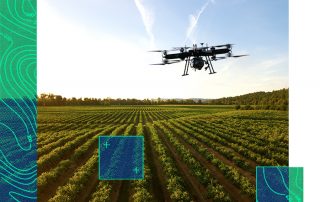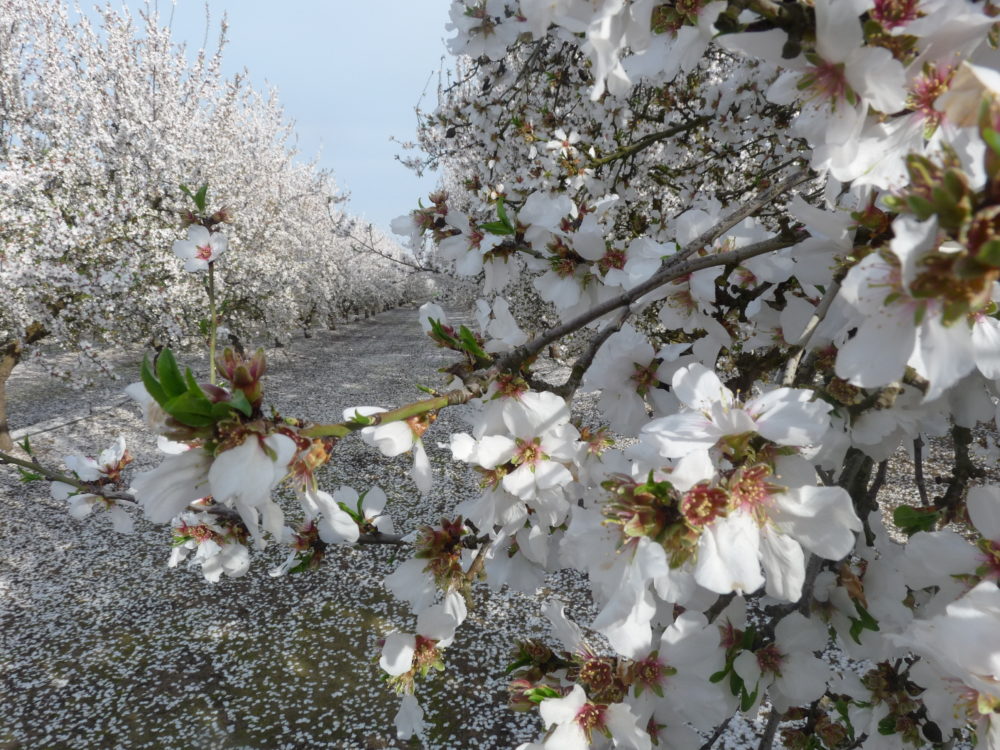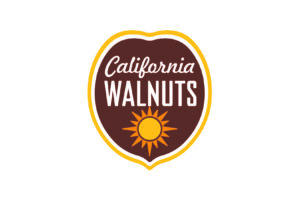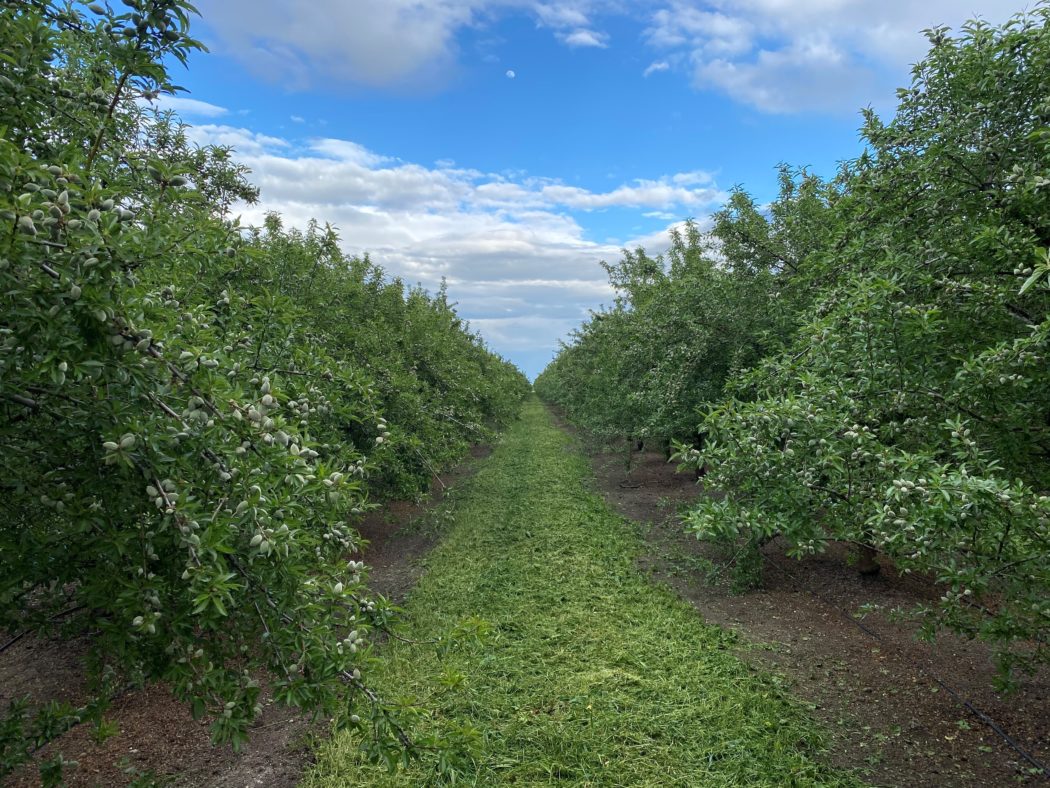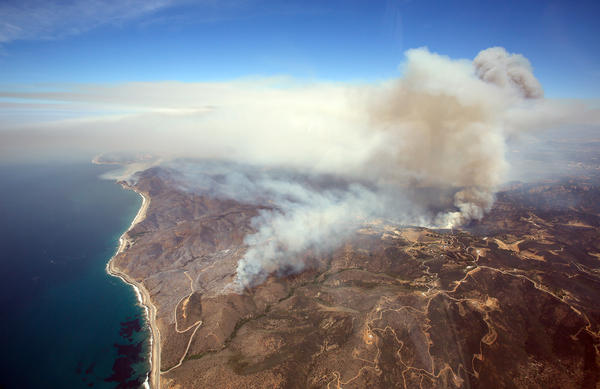Walnut Freeze Update
Growers Urged to Keep Soil Moist to Lessen Freeze Damage
By Rachel Elkins, Pomology Farm Advisor in Lake and Mendocino Counties and Master Gardener Advisor in Lake County – Emeritus
It is mid-October and in addition to harvest starting it is time to consider potential cold weather. It is still dry and though rain is expected (In Northern California) over the next 10-14 days it is anticipated to be under 1” (I hope I am wrong!). As detailed in my June newsletter (https://ucanr.edu/sites/uclakecounty/files/359649.pdf), dry conditions render walnut trees vulnerable to freeze damage, as can be seen throughout the county. Irrigated trees fare much better than dry trees, although fruitwood and buds are certainly damaged, as reflected in subsequent low cropping.
In June I suggested growers consider applying enough water to moisten the upper 1-2 feet of soil after terminal bud set in order to fill soil pores to supply warmth and reduce chances of freeze damage, and this is echoed by colleagues throughout the state. With harvest moving into full swing timing will of course depend on 1) harvest logistics, and 2) rainfall amounts over the next month. Many older orchards lack sufficient crop to harvest and growers must decide how much to invest in trees that failed to recover after the 2020 freeze.
Statewide UC walnut advisors have combined to offer resources to address fall (winter) freeze issues. We have listed the following resources prominently on the front page of our website (http://celake.ucanr.edu/):
1) 2020 WALNUT FREEZE DAMAGE SURVEY (https://ucanr.co1.qualtrics.com/jfe/form/SV_8q4drAbdgNJ4Nls). You are invited to participate in this survey provided by University of California Cooperative Extension (UCCE) regarding freeze damage in walnuts. The survey will help us gain greater understanding of freeze damage in walnuts. “Freeze damage” is defined as damage observed in spring yet incurred during the previous fall from cold temperatures below 32 degrees Fahrenheit. Participation in this survey is voluntary and individual answers will be kept confidential. The survey should require two minutes or less to complete. Address questions or comments to main author Kari Arnold, Orchard and Vineyard Systems Advisor for Stanislaus County (klarnold@ucanr.edu 209-525-6821) or to me via the contact information below.
2) NEWSLETTER ARTICLES written by Sacramento and San Joaquin Valley advisors, as well as my June 2021 newsletter. Links to these can be found on our website (see above).
3) UC WALNUT FREEZE WEBINAR to be held NOVEMBER 4, 2021, 4:00 – 5:30 PM. A panel of UC experts and walnut growers will discuss best practices for freeze mitigation and recovery. Event details and registration will be posted at sacvalleyorchards.com/events as well as on the Lake County website. Meeting information will also be emailed out to electronic walnut newsletter recipients. PLEASE COMPLETE THE FREEZE SURVEY IN ORDER TO ENHANCE OUR WEBINAR!

